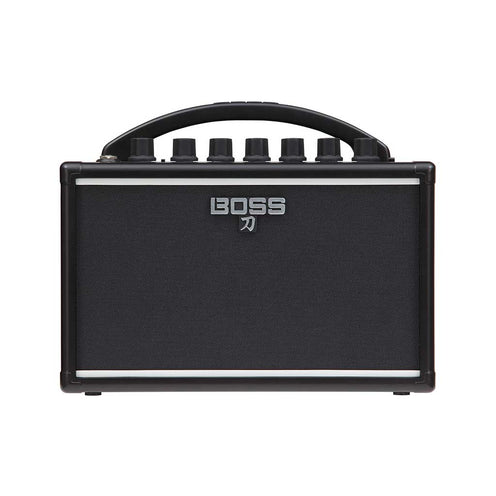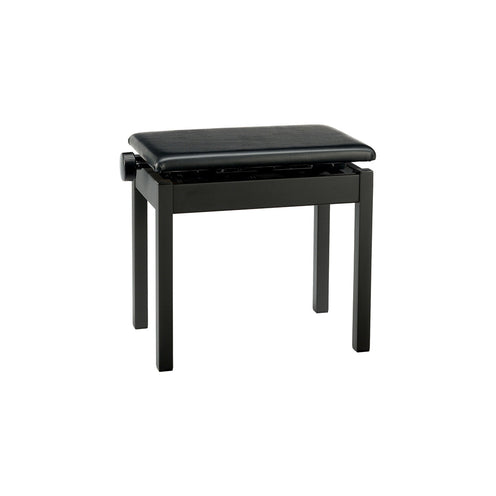We strive to provide our customers with the best value and shopping experience. As part of our commitment to customer satisfaction, we have implemented a Price Matching Policy to ensure that you receive the most competitive prices available. See if you are eligible to request Price Match.
Learn more about the Price Match Policy.
We strive to provide our customers with the best value and shopping experience. As part of our commitment to customer satisfaction, we have implemented a Price Matching Policy to ensure that you receive the most competitive prices available. See if you are eligible to request Price Match.
Learn more about the Price Match Policy.
JHS PackRat Distortion Guitar Effects Pedal
- FREE shipping for orders above SGD500
- Typically ships from warehouse in 1-2 full business days
NEED HELP?
About This Product
In 1978, the most versatile and influential distortion pedal of all time was invented in Kalamazoo, MI. Scott Burnham and Steve Kiraly first had the idea after playing, repairing and modifying all the available distortion pedals on the market. They wanted something that didn’t exist in the then mainstream throes of MXR, DOD and even BOSS’s product line; they wanted a pedal that could go from overdrive to distortion and then all the way to fuzz. By 1979 Scott had perfected the circuit in his RAT-infested basement workshop, and the rest is history.
The PackRat is the ultimate tribute to the 40+ years of rodent evolution and its impact on the guitar’s sound. Artists from every genre have used the iconic tones in this unassuming black box to create their sounds, including Nirvana, John Schofield, Pink Floyd, Metallica, REM, the Eagles, Jeff Beck and Radiohead.
Building on our Multi-Mode pedal series that includes the Muffuletta and Bonsai, the PackRat uses the same unique digital runway system to direct the paths of 261 components through 40 individual switches. This means that when you choose one of the nine legendary or rare modes, you are playing fully analog circuits that perfectly replicate that mode, even down to the aging components (also known as component drift).
Frequently Asked Questions
NEED HELP?
Customer Reviews
{title}
{title}
Thank you for your review!
Oops...













